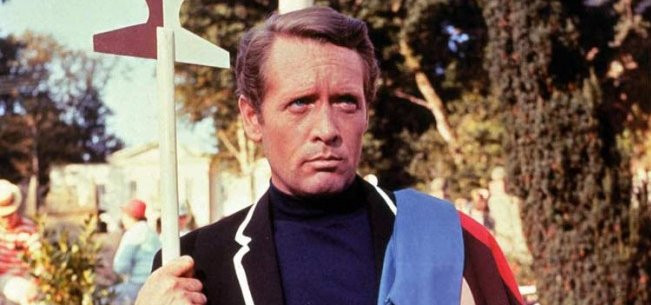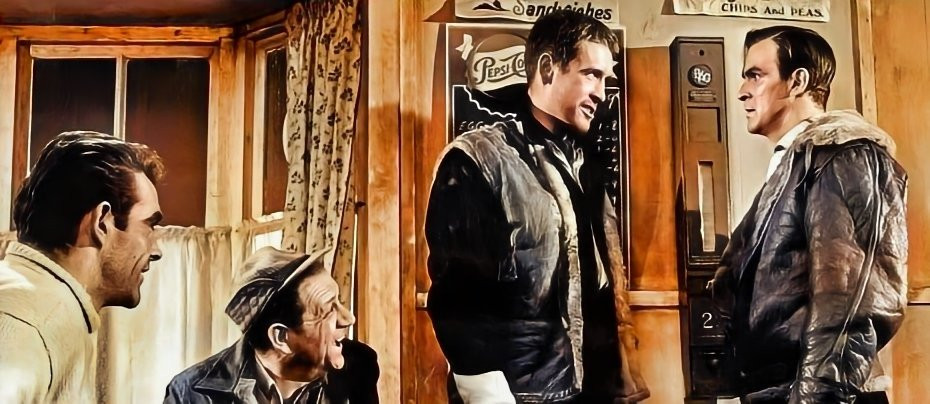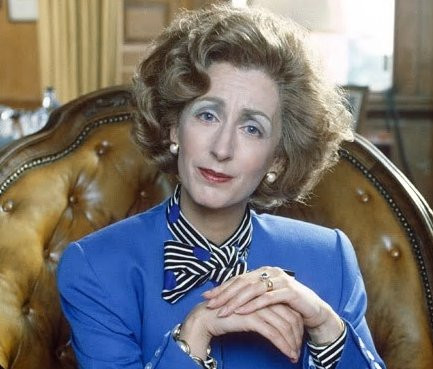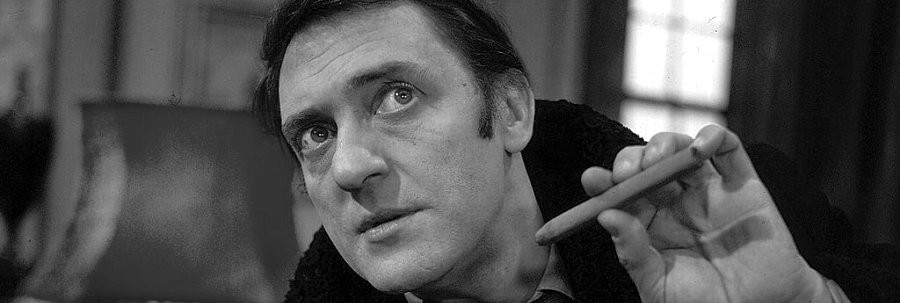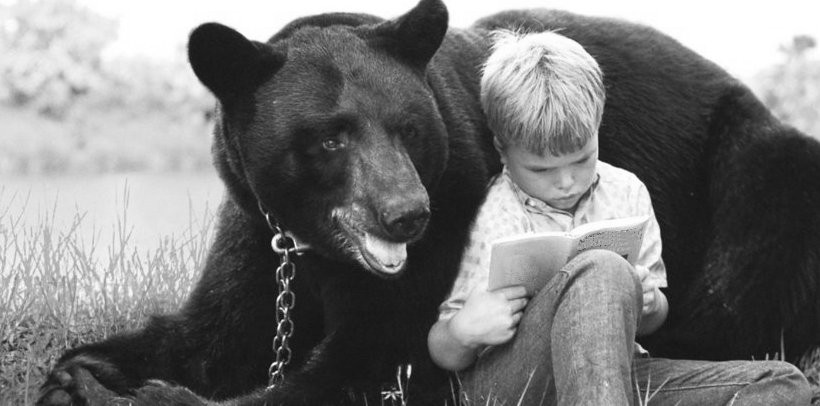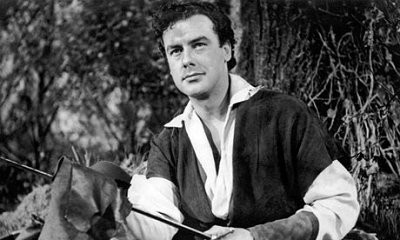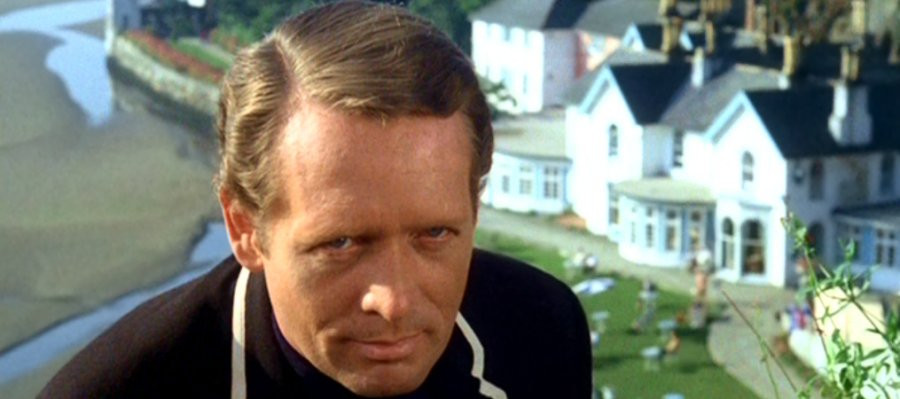
The Prisoner
1967 - United KingdomProbably the most cultist and analysed show in television history. Ex Danger Man star Patrick McGoohan was the British spy who resigned abruptly from his job, only to be kidnapped and transported by persons unknown to 'The Village', where everyone was known by number -and names were never used. It was the task of Number Two (a different actor each week), to discover why McGoohan (Number Six), resigned in the first place, and whilst Number Six remained persistently tight lipped for his reasons -so his interrogators would remain silent when asked the question "Who is Number One?"
The series was seen by many as a direct follow on from McGoohan's previous series in which he played secret agent John Drake, and although McGoohan himself insisted that it wasn't the same character, it has been suggested that this claim may have been made to avoid having to pay a hefty royalty to Danger Man creator Ralph Smart.
There has always been dispute over who originally came up with the idea for The Prisoner, both McGoohan and script editor George Markstein laying claim. From the formers point of view, an isolation camp for British Agents who knew too much had figured in the Danger Man episode 'Colony Three', and it was whilst on location for this series that McGoohan discovered Portmeirion in Wales, which featured as 'The Village'. However, whilst serving with Army Intelligence during the second World War, Markstein had supposedly discovered the existence of a remote Scottish castle which acted very much as an isolation centre for military personnel, whose knowledge of classified material made it impossible to allow them their freedom during such a sensitively dangerous period. (Many years after, Markstein would cite this as his prime inspiration for The Prisoner's core concept).
The Prisoner was a stylish production with the star as executive producer and very much in control of the direction the series took, indeed it was McGoohan himself who penned the final episode, 'Fall Out' which promised to give all the answers -but ended up asking more questions. We never actually discovered who Number One was although at the beginning of each show when McGoohan asked the question, 'Who is Number One?' he received the reply, 'You, are Number Six'. Or could it have been "You are, Number Six!"?, for certainly in the final episode Number 6 actually removes a mask from the face of the supposed Number One -only to reveal himself underneath it.
This would be a not-unreasonable assumption, given the fact that McGoohan exerted an almost draconian directorial control over every aspect of the series' production, although another possible candidate for the real identity of "Number One" could well have been the legendary Lew Grade (the managing director of ATV), since the show's star was always acutely aware that ultimately, the final fate of the series rested in Grade's near-all-powerful hands.
This of course is a prime example of the ambiguity that has kept fans of the series debating for years hence, even after (many years later) Patrick McGoohan claimed that his intention was for The Prisoner to be an allegory in which the people, places and happenings hide a message, the message here being that we are all prisoners of ourselves.
Of course no one would dispute the actor's claims, however it should be noted that the series was planned for thirty six episodes but Grade refused to commission any past 17, therefore the ending may have been hastily written. One thing is for certain, Fall Out left many viewers at the time feeling confused and frustrated at the outcome. Years later in an interview with the Prisoner Appreciation Society, Six of One, McGoohan admitted that there was "-an outcry, I nearly got lynched and had to go into hiding."
These days The Prisoner has a bigger following around the world than anyone could have imagined when it was first broadcast between 1967 and 1968. From time to time there have been rumours of an intended feature film, but to date nothing has transpired. (Although at the time of writing this original review it had been reported that a scriptwriter and production crew had been appointed, and McGoohan would also be involved in some executive position, six years later the project seems no closer to realisation). All the episodes are available on DVD and almost forty years on from their original broadcast they stand up well to the test of time.
By turns infuriating, complex, oblique and thought provoking, The Prisoner stands, even today, as a perfect example of original and entertaining television storytelling, as well as the almost overpowering need of one complexly gifted man to challenge the limits of a too often ephemeral and trivial medium. The Prisoner is highly recommended...be seeing you!
Trivia
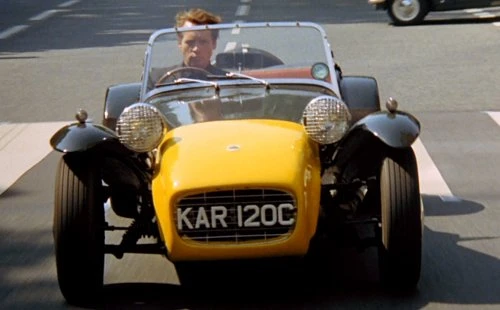
The car used in the opening sequence of The Prisoner was a Lotus Seven S II. Patrick McGoohan claimed to have built it and indeed may have done because it was available as a kit in England. The sequence in which McGoohan is seen in the Seven roaring down to his controller's headquarters in order to hand in his resignation was shot in Abingdon Street Car Park, London, SW1.
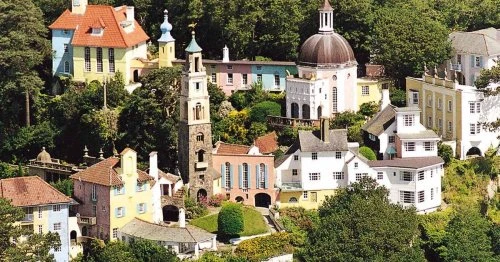
Portmeirion was designed by the architect Clough Williams-Ellis who bought the land in 1925. Williams-Ellis had searched the world for a location for his dream village which had to be in sympathy with the land, and found one 'on his own doorstep' in Tremadog Bay, North Wales. He converted the existing house into a hotel, which had its first guests in 1926. The income generated from the hotel funded his project to make Portmeirion what it is today. In 1972, Clough Williams-Ellis declared his village complete. He died six years later at the age of 95.
"The Village is symbolic - we are all prisoners of this or that, many things - each has his own village" -Patrick McGoohan
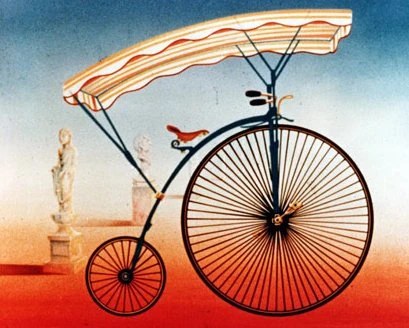
"The ancient bicycle represented progress. In a traffic jam one is a statistic, a number, futile, a prisoner -you'd get home quicker on the bicycle."
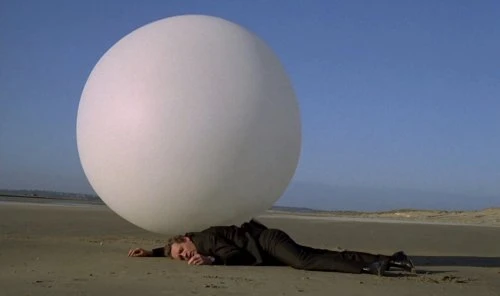
"The balloon represented the greatest fear of all -the unknown, or the invasion of privacy, or bureaucracy, or death..." -Patrick McGoohan
Seen this show? How do you rate it?
Seen this show? How do you rate it?
Published on January 21st, 2019. Written by Laurence Marcus & Peter Henshuls (1999) for Television Heaven.


